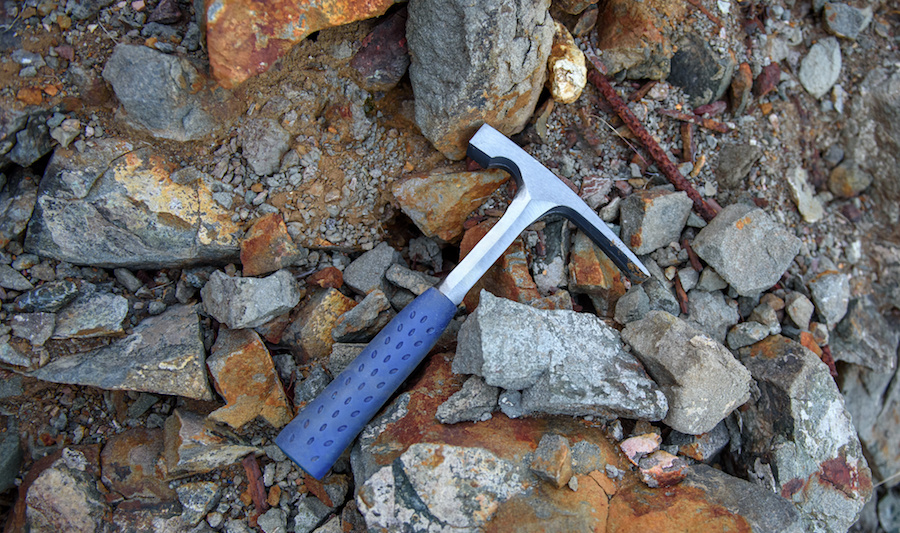How to succeed when investing in junior gold explorers

Investing in junior gold exploration companies can be a daunting proposition. The companies themselves, by the nature of their work, do not have revenues and applying valuation metrics such as price/sales or price/earnings is therefore usually not an option. Instead, gold explorers are focused on identifying promising projects and raising capital to support their efforts to advance a property from terra incognita to, ultimately, a producing mine.
The explorer’s skill set, however, is not in the development or operation of a mine, but rather the identification of where one might be. Once a resource has been proven, it will likely be taken over by a larger player with core expertise in development – a process that may take many years to come to fruition. Despite the challenges, investors can increase their chances of success by focusing on a few key characteristics when deciding where to invest.
- The rules of the road – Jurisdiction matters and has significant bearing on the risk profile of the investment being considered. Countries with limited property rights or a history of expropriation may present an unacceptable risk for some investors. By focusing on investing in jurisdictions with a strong rule-of-law pedigree and a history of resource development, investors avoid macro risk such as arbitrary government intervention or the outright nationalisation of their investment. De-risk your search for an investment by eliminating adverse country factors from the mix.
- Patience is a virtue – Exploration programs, with some notable exceptions, are rarely an overnight sensation. Soil and rock sampling, surveying, as well as exploratory drilling take time because explorers cover large, district-scale areas in determining what lies beneath. This process may be complicated by weather conditions and the remote nature of projects which limit exploration work to a 5-6 month period each year. Investors should understand the company’s process, how they plan to explore their property and the means which they will employ to accomplish their mission. There are numerous introductory geology courses and guides to understanding exploration. Arming yourself with this basic knowledge allows investors to better understand press releases referencing drill data and assay results – the important data that ultimately drives the market’s response to explorers’ results.
- Management matters – Exploration companies can get lucky and identify significant gold anomalies in their first few holes that buoy their share price while making the management team look like stars. The truth, however, is that exploration takes time and a commitment to what legendary Alabama football coach, Nick Saban calls “The Process”. That means doing things right with sufficient rigour and attention to detail while not ignoring the importance of factors such as ESG considerations. Backing a management team that knows what “The Process” involves, and one that is able to demonstrate a track record of success can make all the difference. Team leadership, management history and reputation are first things that should come up when investors research companies. Published interviews and news articles, company websites and resources like LinkedIn can also tell you a lot of what you need to know about who is on the team. This is easy – do your homework.
- Location, location, location – Geology is destiny, and junior exploration companies are often found in close proximity to operating mines or large discoveries for the simple reason that a resource is not confined by legal boundaries and can potentially run on for miles beyond one company’s property. Many great discoveries have been made this way, including the significant mines located along the Abitibi Greenstone Belt. To boost your chances of identifying a good investment do what the exploration companies do and look for success where success has previously been found.
- Understanding ESG – These three letters – “E”, “S” and “G” – are perhaps the most widely repeated in investment circles today. Standing for Environmental, Social and Governance, ESG represents key non-financial factors that large investors such as Blackrock have placed at the core of their investment strategies. While it is true that smaller exploration companies might not have the sort of impact on these criteria compared to larger producers, if they are successful and discover a mine, the explorer’s impact will be felt for many years and well after they have handed off to an operator. Good exploration companies are aware of this and place considerable emphasis on ESG in their everyday operations; you should be too. Understanding who their partners are, how they engage with indigenous communities, their commitment to diversity and the experience of the people who sit on their board all reflect on how the company is run. Good companies do things properly and their commitment to ESG is one way of measuring whether they are living up to that standard.
Investing in junior mining exploration entails risk taking and requires a clear understanding of all factors at stake. However, when done right, the benefits can be well worth the trade-off. Investors must be equipped with patience and have a thorough view of the company that they are investing in beyond the financials — mainly concerning its scope and jurisdiction, geology, leadership, and ESG approach — to reap the rewards of a potentially fruitful investment opportunity.
More News
{{ commodity.name }}
{{ post.title }}
{{ post.date }}

Comments